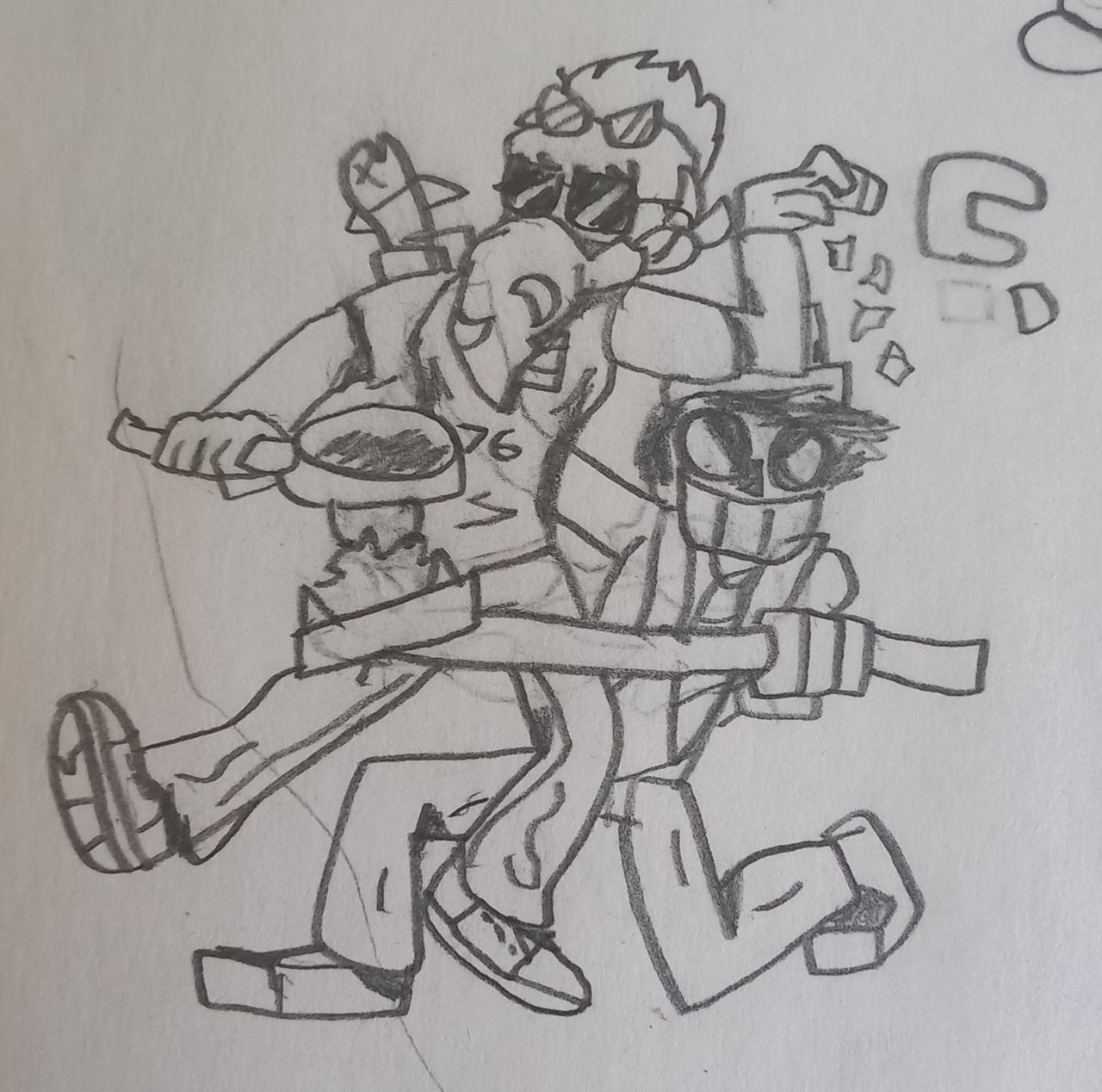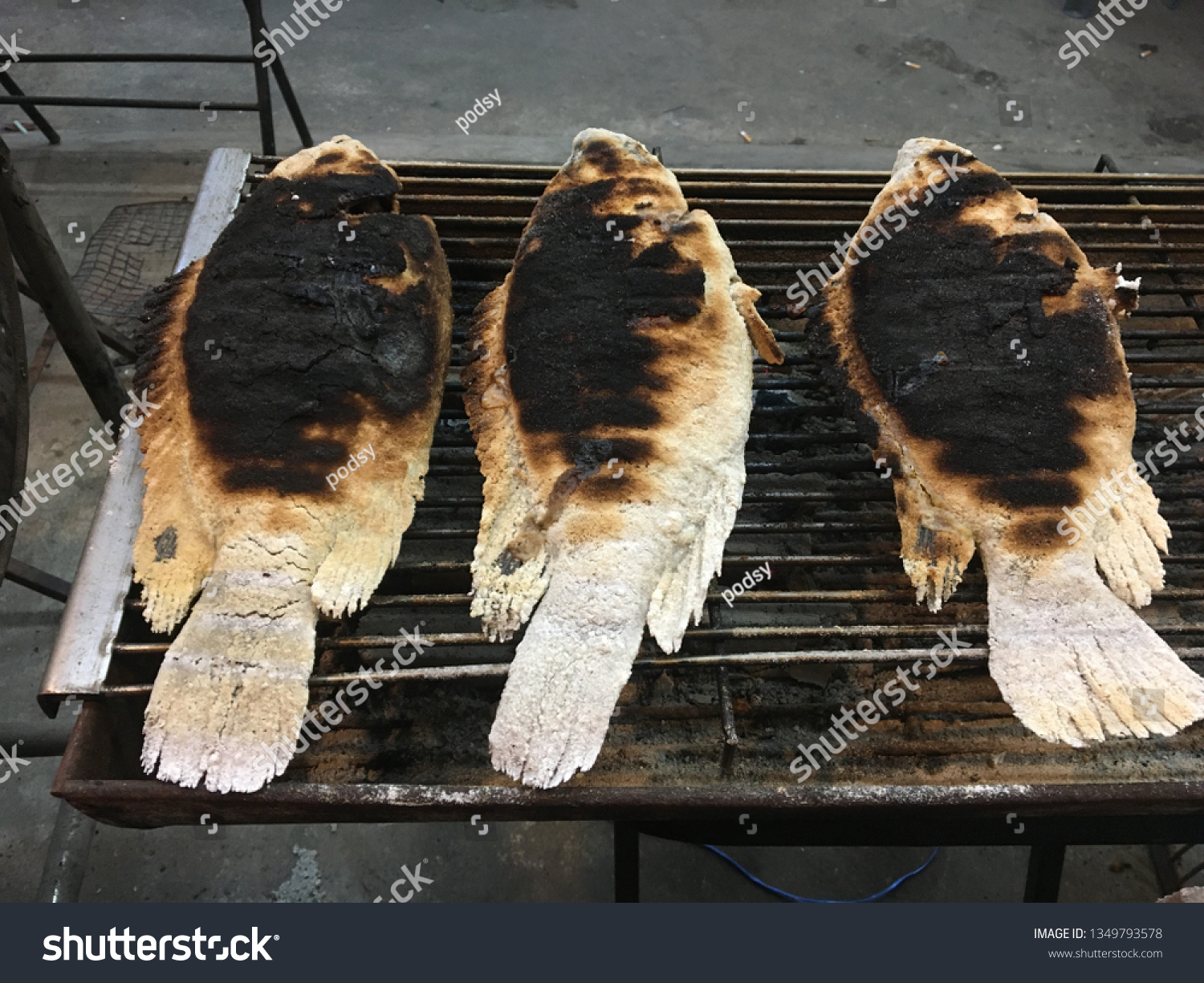Salt Burned: Causes, Effects, And Prevention Tips
Have you ever come across the term "salt burned" and wondered what it means? This intriguing phenomenon refers to the damage caused by excessive salt—whether in soil, on plants, or even on surfaces. While salt plays an instrumental role in various aspects of life, too much of it can create harmful consequences. From agriculture to personal health and even construction, understanding the concept of "salt burned" is essential for mitigating its effects.
Whether you're a farmer dealing with soil salinity issues or a gardener noticing brown leaves at the edges of your plants, salt burn is a problem that can affect us all. The damage often goes unnoticed until it's too late, leading to costly repairs, lower crop yields, or even environmental degradation. Fortunately, with the right knowledge and preventive measures, you can tackle this issue effectively and protect your surroundings from the adverse effects of salt.
In the following article, we’ll dive deep into the causes, signs, and remedies of salt burned scenarios. You'll get actionable advice on how to manage salt damage in plants, soil, and even your everyday surroundings. Additionally, we’ll address some frequently asked questions to clear up any lingering doubts. So, let’s get started with a comprehensive guide to understanding and managing salt burn!
- Cash Cobain Upcoming Events Everything You Need To Know
- Luxury And Comfort Redefined The Westin Dc Experience
Table of Contents
- What is Salt Burned?
- How Does Salt Affect Plants?
- Signs of Salt Burn in Plants
- What Causes Salt Burn?
- Can Salt Burn Damage Soil?
- How to Recognize Salt Burn on Surfaces?
- Impact of Salt Burn on Health
- Preventing Salt Burn in Agriculture
- Treating Salt Burn in Soil
- Is Salt Burn Reversible?
- How Does Salt Burn Affect Roads?
- What Are the Best Practices to Avoid Salt Burn?
- Frequently Asked Questions About Salt Burn
- Conclusion
What is Salt Burned?
Salt burned refers to the damage caused by an excessive accumulation of salt in a specific area, whether it's soil, plants, or surfaces. This phenomenon can occur naturally or as a result of human activities. For instance, over-application of fertilizers, road salt, or improper irrigation techniques can introduce high levels of salt into the environment. When the salt concentration surpasses a certain threshold, it begins to disrupt natural processes, leading to visible damage.
The term "salt burn" is often used in gardening and agriculture to describe the adverse effects of salt on plants. However, it also applies to other contexts, such as road surfaces where salt is used for de-icing or even human skin affected by excessive salt exposure. Understanding the root causes of salt burn is crucial for both preventive and corrective measures.
Salt burn is not just a cosmetic issue. In agriculture, it can lead to reduced crop yields, soil degradation, and even long-term environmental harm. On the other hand, in urban settings, it can damage infrastructure and lead to costly repairs. The key to managing salt burn lies in early detection and implementing effective solutions tailored to the specific area of concern.
- All You Need To Know About Purple Flag Beach Standards And Safety
- Ichijiku Sushi A Delicacy Inspired By Nature And Tradition
How Does Salt Affect Plants?
Salt affects plants primarily through two mechanisms: osmotic stress and ion toxicity. Osmotic stress occurs when high salt concentrations in the soil make it difficult for plants to absorb water. This leads to dehydration, even if there is adequate moisture in the soil. Ion toxicity, on the other hand, happens when excessive sodium (Na+) and chloride (Cl-) ions interfere with the plant's nutrient uptake and internal processes.
Why Are Some Plants More Sensitive Than Others?
Plants vary in their tolerance to salt due to differences in their physiological and genetic makeup. Salt-sensitive plants, such as beans and strawberries, exhibit signs of damage more quickly compared to salt-tolerant species like barley or date palms. Understanding the tolerance level of your plants can help you make informed decisions about irrigation and fertilization practices.
What Are the Visible Effects of Salt on Plants?
Some of the most common visible signs of salt burn in plants include:
- Wilting or drooping leaves
- Brown or scorched leaf edges
- Reduced growth and vigor
- Leaf drop or defoliation
These symptoms often mimic drought stress, making it essential to test soil salinity levels before taking corrective action.
Signs of Salt Burn in Plants
Identifying salt burn early can save plants from irreversible damage. Here are some key indicators:
- Discoloration of leaves, usually starting at the tips or edges
- Stunted growth or failure to flower and fruit
- Salt crusts visible on the soil surface
- Leaf curling or abnormal shapes
Regular monitoring and soil testing are vital for early detection. If you notice these signs, take immediate steps to mitigate the damage.
What Causes Salt Burn?
Several factors contribute to salt burn, ranging from natural processes to human activities. Common causes include:
- Excessive use of chemical fertilizers
- Over-irrigation with saline water
- Winter de-icing with road salt
- Improper waste management leading to salt accumulation
Understanding these causes can help you adopt preventive measures to minimize the risk of salt burn in your surroundings.
Can Salt Burn Damage Soil?
Yes, salt burn can severely damage soil by disrupting its structure and fertility. High salt concentrations can lead to soil compaction, reduced water infiltration, and loss of essential nutrients. Over time, this can render the soil infertile, making it unsuitable for plant growth.
How Does Salt Affect Soil Microorganisms?
Soil microorganisms play a crucial role in maintaining soil health. High salt levels can inhibit their activity, disrupting nutrient cycling and organic matter decomposition. This creates a cascading effect that further degrades soil quality.
Can Salt Damage Be Reversed?
Reversing salt damage in soil requires a combination of techniques, such as leaching, soil amendments, and organic matter addition. However, prevention is always more effective than remediation.
How to Recognize Salt Burn on Surfaces?
Salt burn on surfaces manifests as white, powdery deposits commonly known as efflorescence. This occurs when water evaporates, leaving behind salt residues. It is often seen on concrete, bricks, and tiles, particularly in humid conditions.
To remove salt deposits, use a mixture of water and vinegar or specialized cleaning agents designed for salt removal. Regular maintenance can prevent long-term damage to surfaces.
Impact of Salt Burn on Health
Salt burn isn't limited to plants and surfaces; it can also affect human skin and overall health. Prolonged exposure to salt can cause skin irritation, dryness, and even burns in severe cases. Ingesting high levels of salt can lead to health issues such as high blood pressure and kidney problems.
How to Protect Yourself?
Always wear protective gloves when handling salt or salt-rich substances. Keep your skin moisturized to counteract dryness, and avoid excessive salt intake in your diet.
Preventing Salt Burn in Agriculture
Preventing salt burn in agriculture involves adopting sustainable practices such as:
- Using salt-tolerant crop varieties
- Implementing efficient irrigation techniques
- Applying organic matter to improve soil health
- Conducting regular soil tests to monitor salinity levels
These measures not only prevent salt burn but also enhance overall agricultural productivity.
Treating Salt Burn in Soil
To treat salt burn in soil, consider the following steps:
- Flush the soil with fresh water to leach out excess salts
- Add gypsum to displace sodium ions
- Incorporate organic matter to improve soil structure
These methods can help restore soil health and make it suitable for planting again.
Is Salt Burn Reversible?
In most cases, salt burn is reversible with the right interventions. Early detection and prompt action are critical for minimizing damage. While plants affected by severe salt burn may not recover, soil and surfaces can often be restored to their original condition with appropriate treatment.
How Does Salt Burn Affect Roads?
Salt burn on roads is a common issue in regions that use salt for de-icing. Over time, the salt can corrode asphalt and concrete, leading to cracks and potholes. This not only affects road safety but also increases maintenance costs.
What Are the Best Practices to Avoid Salt Burn?
To avoid salt burn, adopt these best practices:
- Use salt alternatives for de-icing, such as sand or gravel
- Opt for slow-release fertilizers to minimize salt buildup
- Maintain proper drainage to prevent salt accumulation
These simple yet effective measures can significantly reduce the risk of salt burn in various settings.
Frequently Asked Questions About Salt Burn
1. What is the main cause of salt burn?
Salt burn is primarily caused by an excessive accumulation of salt, either from natural sources or human activities like over-fertilization and de-icing.
2. Can salt burn kill plants?
Yes, severe salt burn can kill plants by disrupting water absorption and causing dehydration.
3. How can I test for salt levels in soil?
Soil salinity can be tested using a soil test kit or by sending samples to a laboratory for analysis.
4. Is salt burn permanent?
While salt burn can cause permanent damage to plants, soil and surfaces can often be restored with proper treatment.
5. Can salt burn affect pets?
Yes, pets can experience irritation if they come into contact with salt-treated surfaces or ingest large amounts of salt.
6. How can I prevent salt burn on my driveway?
Use alternatives like sand or gravel for de-icing and regularly clean your driveway to remove salt residues.
Conclusion
Salt burned damage, whether in plants, soil, or surfaces, is a widespread issue that requires attention. By understanding its causes, recognizing the signs, and implementing preventive measures, you can effectively manage and mitigate its impacts. From agriculture to urban settings, the solutions to salt burn are within reach. Act now to protect your environment and assets from the harmful effects of excess salt.
- Pool Vacuums Black Friday Sale Costco 2024 Usa Your Ultimate Guide
- Miranda Richardson Actress A Stellar Career In Film And Television

Salt burned by BenjyPineapple on DeviantArt

Three Tilapia Grilled Salt Burned Inner Stock Photo 1349793578